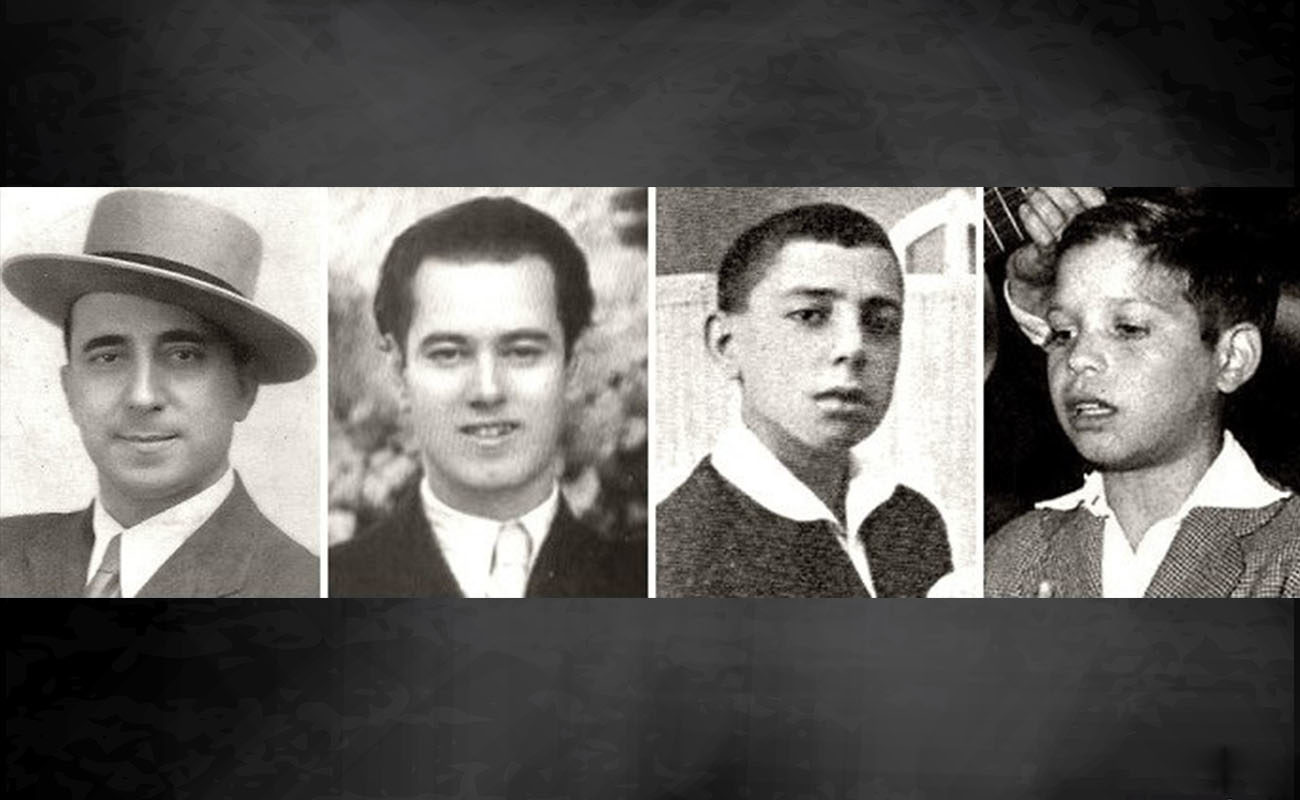Grandpa and the old kids
-Grandpa, did you hear about those new kids who sing like old, seasoned cantaores? It’s just not normal for a 16-year-old teenager to sound like Perrate de Utrera, don’t you think? -Look, Manolito, that’s impossible, it’s not natural, but I understand that a young kind may like the old Gypsy signing style and try to imitate it. It doesn’t matter if they’re

-Grandpa, did you hear about those new kids who sing like old, seasoned cantaores? It’s just not normal for a 16-year-old teenager to sound like Perrate de Utrera, don’t you think?
-Look, Manolito, that’s impossible, it’s not natural, but I understand that a young kind may like the old Gypsy signing style and try to imitate it. It doesn’t matter if they’re trying to emulate Perrate, Chocolate, Vallejo o Marchena. If you’re referring to those kids everyone is talking about, El Purili, Manuel de la Tomasa and El Boleco, it’s because that’s how they feel, I don’t think anyone locked them up in a room trying to force them to sound like Perrate or Juan Talega. Look, someone told me that Antonio Mairena, would sing in falsetto when he was a kid, having a clean and bright voice. Later, when he grew up, he listened to Manuel Torres, Joaquín el de la Paula, El Gloria and Pastora Pavón, and, also because his voice had changed, he started to sing in a different way and got closer to the style he would later call gitano-andaluz (“Gypsy-Andalusian”). The same happened to Caracol. When he was a kid, he would imitate Rebollo and Pepe Pinto, but later when his voice changed he decided to sing in the Gypsy style of his family, the Ortegas.
-So, grandpa, cantaores are not born with any specific type of voice.
-Every voice is different, it’s always been like that. People can either have a high-pitch or a low-pitch voice, in a natural way, regardless if they’re cantaores or not. Yet, voices can be projected. It’s impossible for an eight-year-old boy to sound like Mairena, but he could force his voice to come close. That’s what we call voice projection. In Mairena del Alcor, almost all cantaores try to sound like Antonio Mairena, because all he represents in this town. Yet, before Mairena’s time, cantaores sang differently in that place, according to the local old-timers. Antonio had a type of voice, so-called “natural”, with his own sound which was created based on the idols he listened to. If you play close attention, you’ll notice that Antonio Mairena sings like Pastora Pavón, but with a man’s voice. Technically, he sounds like her and he applies Pastora’s cante structure to his own. If you hear him singing por tangos or por bulerías this is more apparent, compared with other palos.
-Summarizing, you don’t believe that those kids sing like old cantaores.
-Not really, but like I said, I understand that some of them may look up to artists who could even be incompatible with their natural talent, perhaps influenced by their environment or by their own families.
-How often cantaores with a completely new voice come up, grandpa?
-I think they’re always coming up. I remember when Camarón started singing. It’s true that when he started he sounded like some cantaores (and cantaoras) of Cádiz, the area he was from, but his intonation and tonality were different, his sound was different, and some people didn’t like it at first, such as Caracol, for example. However, Mairena saw in him something new and he did all he could for Camarón to be awarded a prize in his town’s contest when he was 16 or 17 years old. The old Gypsies didn’t like Camarón. Yet, he made quite a stir when he recorded his first albums, with that savage but polished voice. He has been the revolutionary cantaor of our days, without a doubt. He didn’t leave a good school, but he was a genius.
-Kind of like Niño de Marchena?
-Kind of, yes. Those were other times, but they were similar geniuses, child prodigies who didn’t quit half-way and made history. Just like Niña de los Peines or El Carbonerillo. Or Antonio Ruiz and Carmen Amaya in baile. Those were born geniuses.
-Grandpa, you’re like a school for me.
-You know what? You too.
Translated by P. Young




